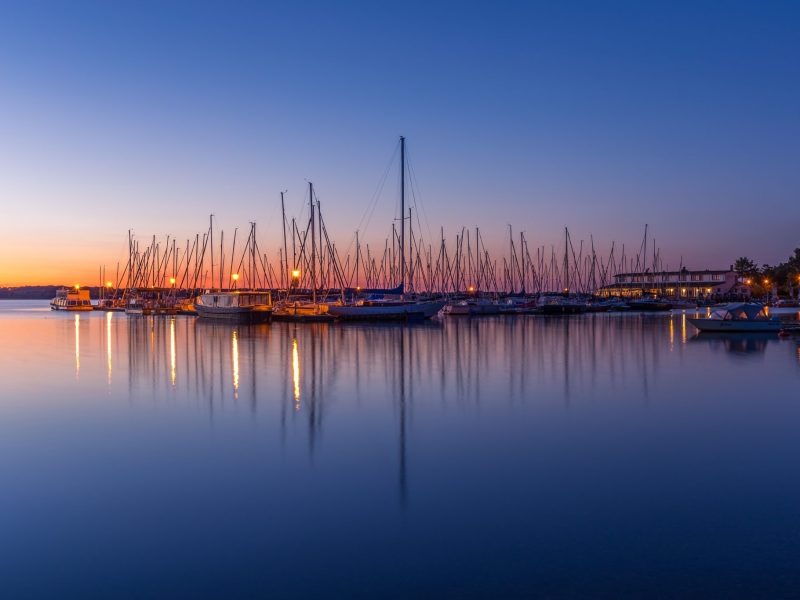
Your weekly photo from the world’s free media repository: 13 September
Boats moored in Zoebigker Harbor on Lake Cospuden, located near Markkleeberg, Saxony, Germany. This photo comes to us from Wikimedia Commons, the freely licensed media repository whose holdings are extensively used on Wikimedia’s many projects, including Wikipedia. You can use the photo for just about any purpose as long as you credit the author (Ansgar….

Your weekly photo from the world’s free media repository: 6 September
Wikipedia tells us that “the Umeda Sky Building is the nineteenth-tallest building in Osaka Prefecture, Japan, and one of the city’s most recognizable landmarks. It consists of two 40-story towers that connect at their two uppermost stories, with bridges and an escalator crossing the wide atrium-like space in the center.” This photo comes to us….

Your weekly photo from the world’s free media repository: 30 August
The ruins of Salamis, the ancient Greek city-state on the east coast of Cyprus, have been the subject of archaeological excavations since the late nineteenth century. Here, the columns of the city’s public baths or gymnasium stand in repose. This photo comes to us from Wikimedia Commons, the freely licensed media repository whose holdings are….
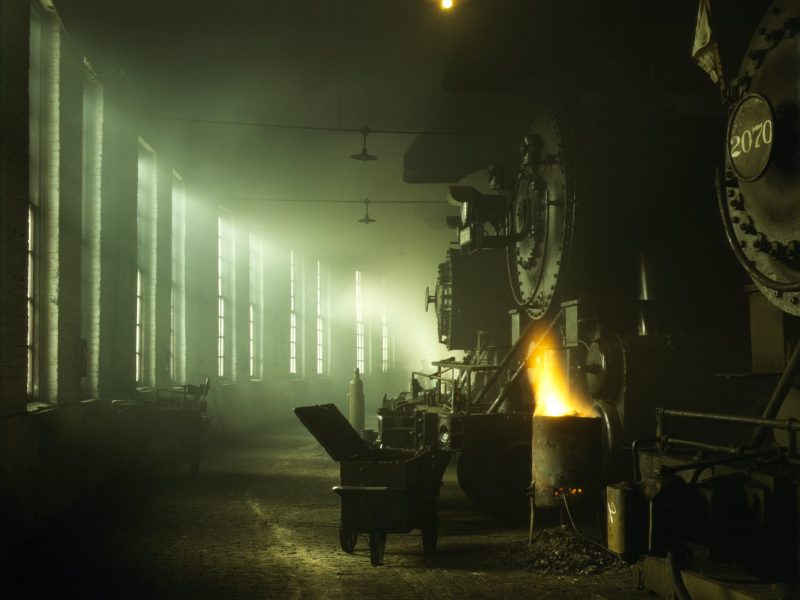
Your weekly photo from the world’s free media repository: 23 August
Jack Delano was an American photographer best known for his work with the US government’s photography program within the Farm Security Administration. The image above was captured in December 1942, in the midst of the Second World War, and it shows Chicago and Northwestern Railroad steam locomotives at rest in a Chicago roundhouse before their….
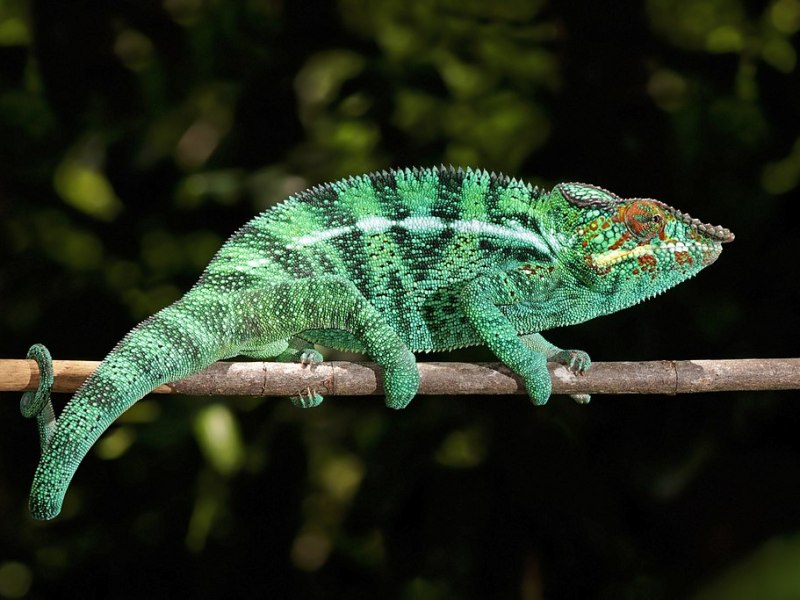
Your weekly photo from the world’s free media repository: 9 August
The panther chameleon is native to northern and eastern Madagascar, and has also been introduced to Réunion and Mauritius. According to its entry on Wikipedia, “Like most species of chameleons, the panther chameleon is very territorial. It spends the majority of its life in isolation, apart from mating sessions. When two males come into contact,….
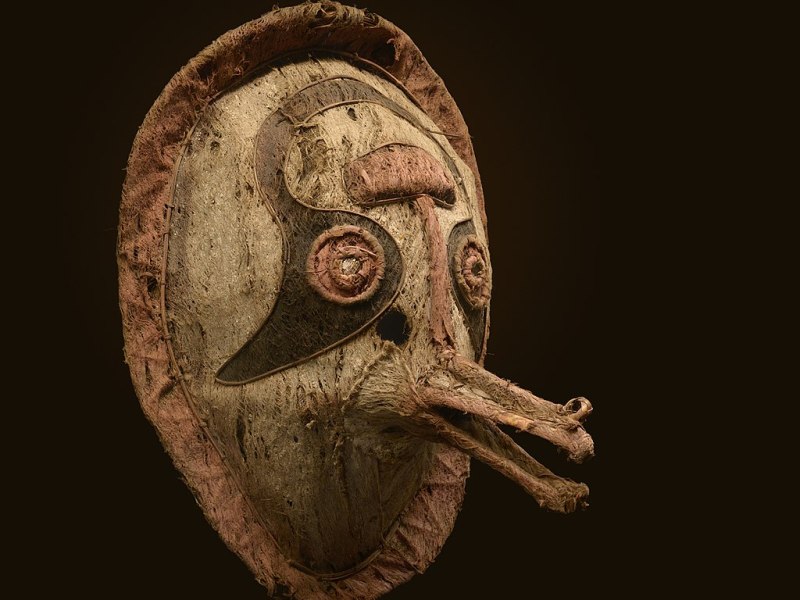
Your weekly photo from the world’s free media repository: 2 August
This eharo mask was made by an unknown person in what is today Papua New Guinea. It was acquired by the Museum of Toulouse in 1882. According to its caption on Wikimedia Commons, the free media repository that holds much of the images, videos, and sounds used in Wikipedia articles, “the eharo masks were worn….
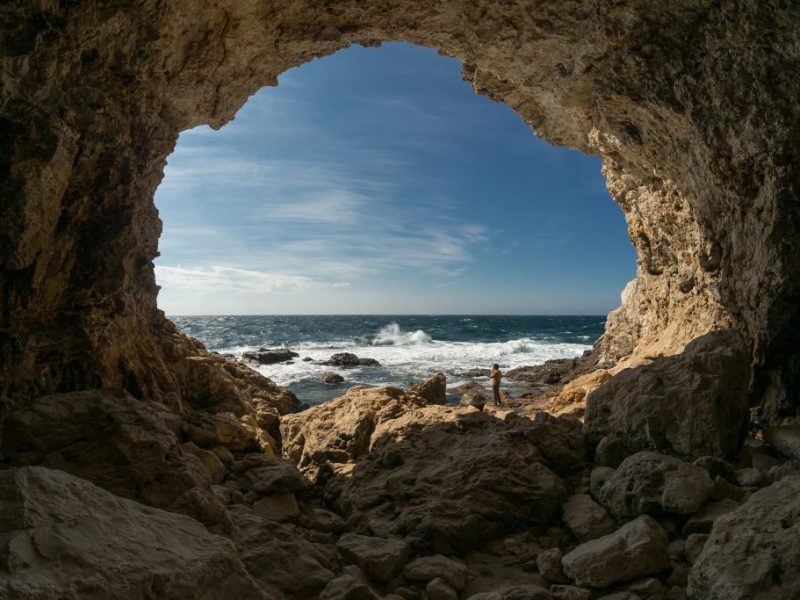
Your weekly photo from the world’s free media repository: 26 July
This rock grotto is three kilometers south of the village of Olenevka, located on Crimea’s Tarkhankut Peninsula. The photographer uploaded it as part of Wiki Loves Earth 2017, a photo contest which aims to document the world’s natural heritage for future generations. Over 130,000 images were uploaded during the contest, a total which was winnowed….
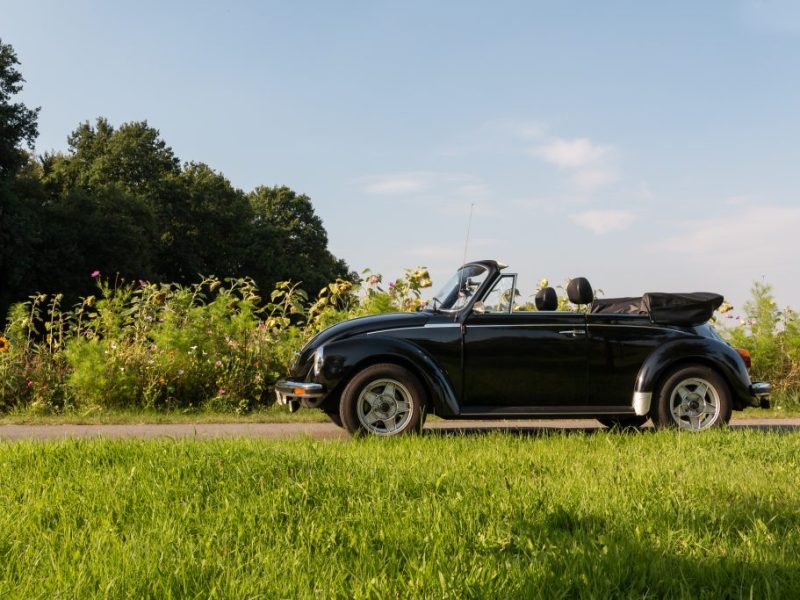
Your weekly photo from the world’s free media repository: 19 July
The original Beetle, constructed by the German automaker Volkswagen, was in production from 1938 until 2003. Convertible Beetles were usually nicer than their roofed counterparts. According to Wikipedia, the Beetle convertible was “generally more lavishly equipped than the sedan with dual rear ashtrays, twin map pockets, a visor vanity mirror on the passenger side, rear….
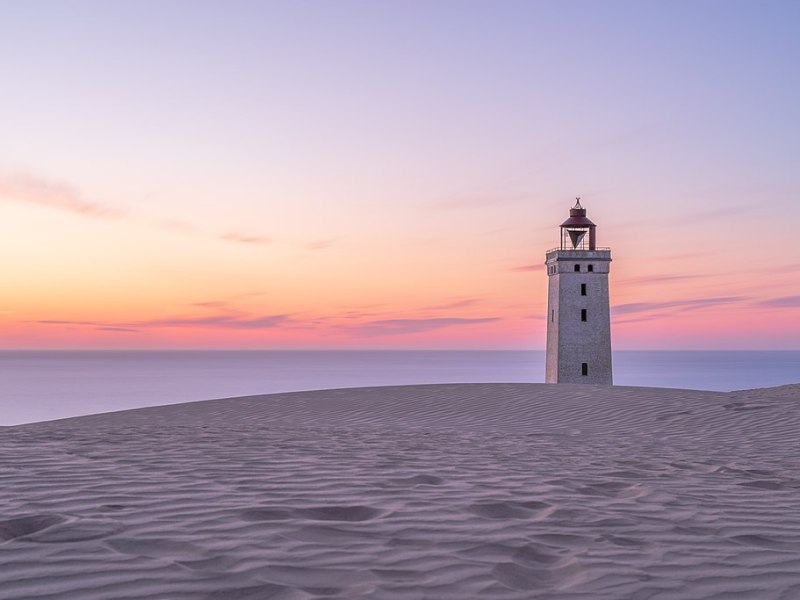
Your weekly photo from the world’s free media repository: 12 July
The Rubjerg Knude Lighthouse is located in Hjørring, Jutland, Denmark, on the North Sea. Construction on it began in 1899; it was lit for the first time in 1900 and its light was extinguished for the final time in 1968. Today, the lighthouse is threatened by heavy coastal erosion in the area, which are bringing….
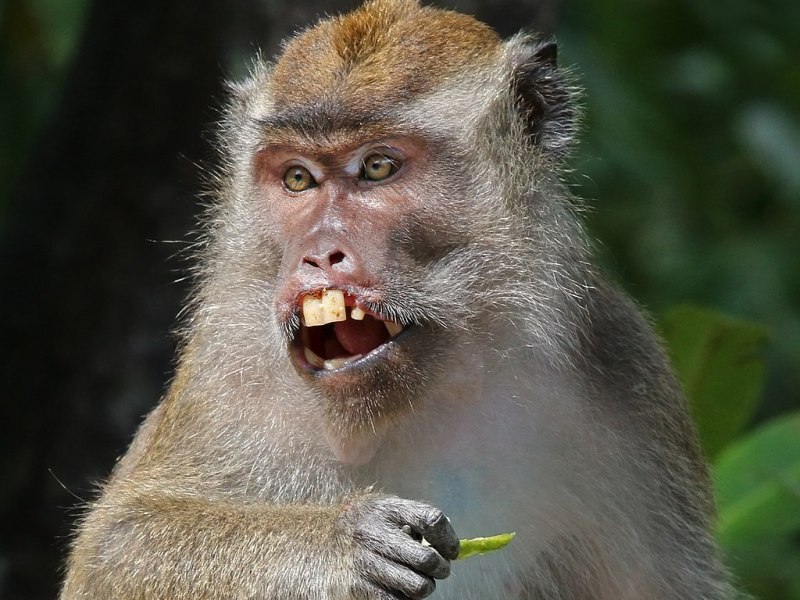
Your weekly photo from the world’s free photo repository: 5 July
A long-tailed macaque (Macaca fascicularis) in Labuk Bay, Sabah, Borneo, Malaysia. According to Wikipedia, the long-tailed macaque is native to Southeast Asia. Its social groups are controlled by females, and any male children depart after undergoing puberty. While this macaque “has a long history alongside humans[,] they have been alternately seen as agricultural pests, sacred….